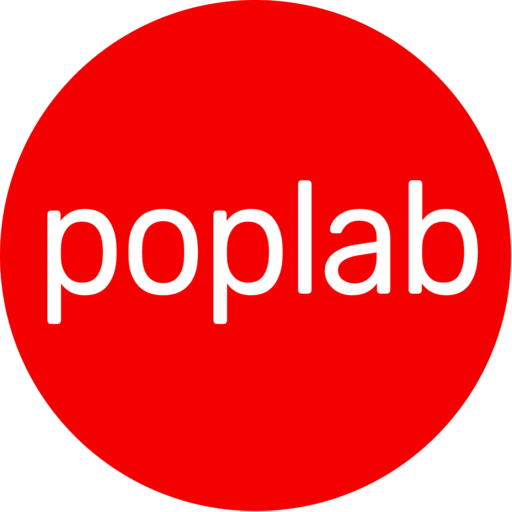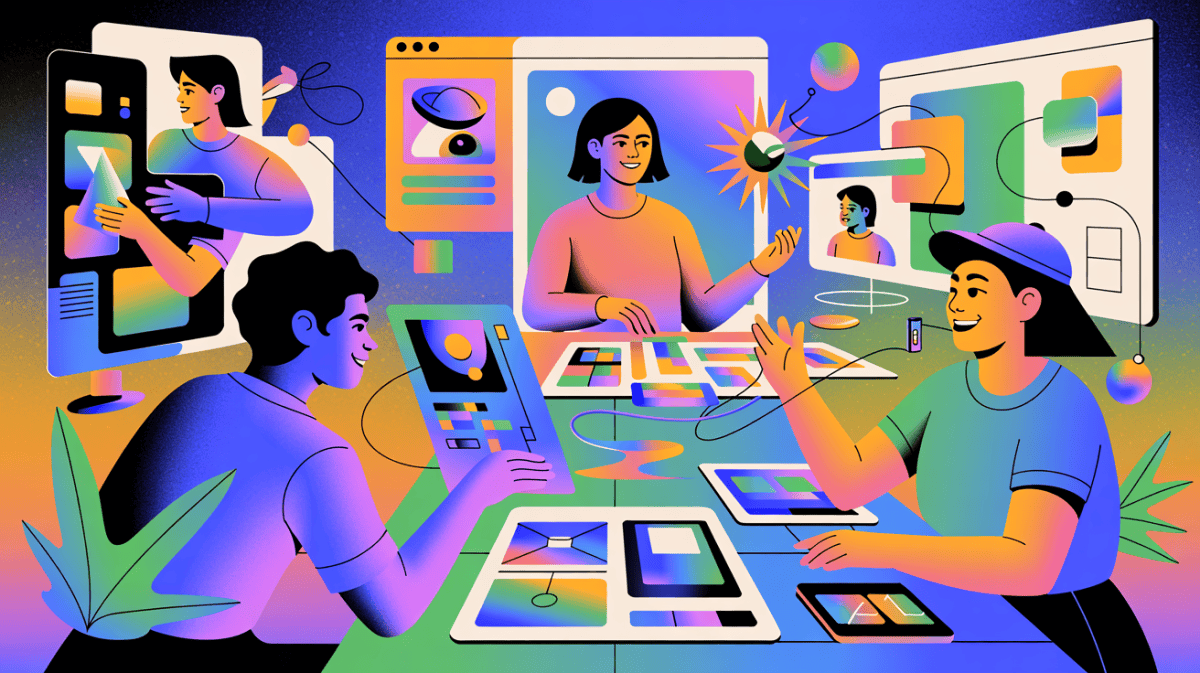We’re witnessing a paradigm shift in creative industries that rivals the digital revolution of the 1990s. AI design agents—autonomous systems capable of independent creative decision-making—are no longer science fiction. They’re here, and they’re fundamentally changing how we approach design, collaboration, and creative problem-solving.
While the design community has spent years debating whether AI will replace human creativity, a more nuanced reality is emerging: AI agents aren’t just tools—they’re becoming creative partners. These systems can generate ideas, iterate on concepts, and even make aesthetic judgments, forcing us to reconsider what it means to collaborate in the creative process.
AI design agents are redefining the creative process, shifting designers from solo creators to strategic collaborators. Discover how autonomous AI partners unlock new workflows, roles, and a collaborative future for human creativity.
Beyond Automation: The Evolution of AI Creative Partners
Traditional design automation focused on efficiency—automating repetitive tasks, generating variations, or optimizing layouts. Today’s AI design agents operate at a higher cognitive level. They understand context, interpret creative briefs, and can engage in the iterative back-and-forth that defines good design thinking.
Consider multi-agent systems like those emerging from research labs and forward-thinking design studios. These aren’t single AI tools but ecosystems of specialized agents: one might excel at typography, another at color theory, while a third focuses on user experience patterns. Together, they form a creative collective that can tackle complex design challenges with unprecedented speed and sophistication.
The New Creative Hierarchy: Humans + AI Agents
This shift is creating entirely new workflows and creative hierarchies. Designers are becoming creative directors for AI agents, setting strategic direction while AI handles execution. But it’s not a simple delegation—it’s a dynamic partnership where human intuition guides AI capabilities, and AI insights inform human decisions.
The most innovative studios are already experimenting with “hybrid creative teams” where AI agents participate in brainstorming sessions, contribute to creative reviews, and even challenge human assumptions. This isn’t about replacing human creativity but amplifying it through intelligent collaboration.
Real-World Impact: How Studios Are Adapting
Progressive design agencies are restructuring their teams around AI collaboration. Instead of traditional art director-to-designer hierarchies, we’re seeing new roles emerge:
AI Creative Directors who specialize in prompt engineering and AI workflow optimization
Human-AI Interaction Designers who focus on the interface between human creativity and AI capabilities
Creative Technologists who build custom AI agents tailored to specific design challenges
These roles reflect a deeper truth: the future of design isn’t about human versus AI—it’s about designing the collaboration itself.
The Collaborative Advantage
What makes AI design agents particularly powerful is their ability to operate at scales and speeds impossible for humans. They can explore thousands of design variations in minutes, identify patterns across vast datasets, and maintain consistency across complex design systems.
But humans bring irreplaceable elements: emotional intelligence, cultural context, ethical judgment, and the ability to understand the deeper purpose behind design decisions. The magic happens when these complementary strengths combine.
Challenges and Ethical Considerations
This transformation isn’t without challenges. As AI agents become more autonomous, questions of authorship, ownership, and creative responsibility become complex. When an AI agent generates a breakthrough creative concept, who deserves credit?
There’s also the risk of homogenization. If AI agents learn from the same datasets and follow similar patterns, will design become more uniform? The creative community must actively work to maintain diversity and push against algorithmic bias.
Looking Forward: The Autonomous Creative Future
We’re moving toward a future where AI design agents will initiate creative projects, not just respond to human direction. Imagine AI agents that identify design opportunities, pitch concepts to clients, and iterate based on feedback—all while working alongside human partners who provide strategic oversight and emotional intelligence.
This isn’t a distant future. Early versions of these systems are already being tested in progressive studios. The question isn’t whether this will happen, but how quickly designers will adapt to this new creative reality.
Preparing for Partnership
For designers and creative leaders, this shift requires new skills and mindsets:
- Learn to collaborate with AI rather than just use AI tools
- Develop prompt engineering and AI communication skills
- Focus on uniquely human strengths like empathy, cultural insight, and strategic thinking
- Experiment with AI agents in low-stakes creative projects
- Build workflows that maximize human-AI collaboration
The designers who thrive in this new landscape will be those who embrace AI agents as creative partners rather than threats—who learn to dance with artificial intelligence rather than compete against it.
Conclusion: The Creative Renaissance
We’re not witnessing the death of human creativity—we’re seeing its evolution. AI design agents are ushering in a new creative renaissance where human imagination combines with artificial intelligence to solve problems and create experiences that neither could achieve alone.
The future of design is collaborative, intelligent, and profoundly human. By embracing AI agents as creative partners, we’re not diminishing human creativity—we’re amplifying it to levels previously unimaginable.
The question for every designer and creative leader is no longer whether to work with AI agents, but how to build the most effective creative partnerships. The future belongs to those who master this new form of collaboration.
created with Comet Assistant


Leave a Reply